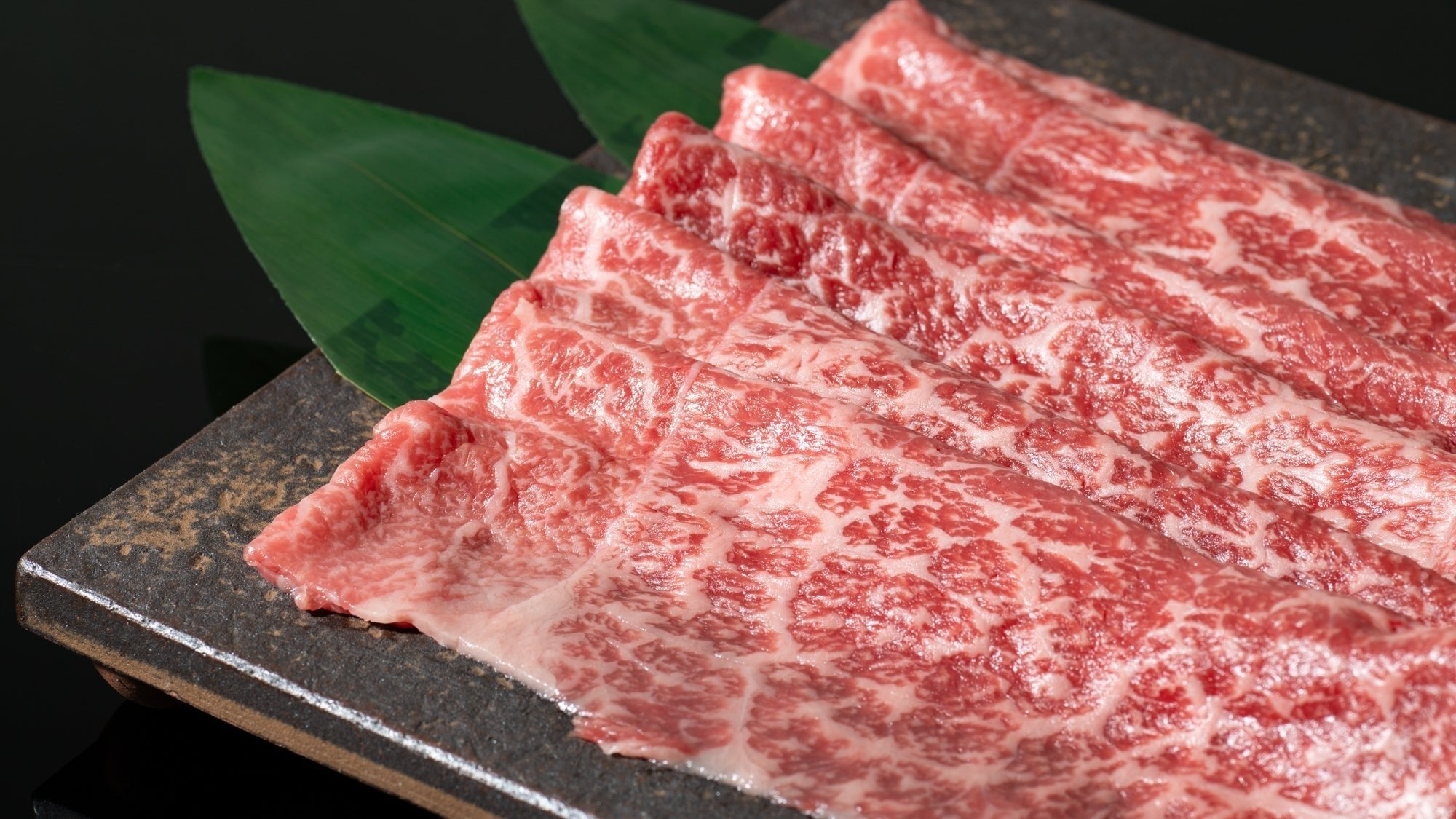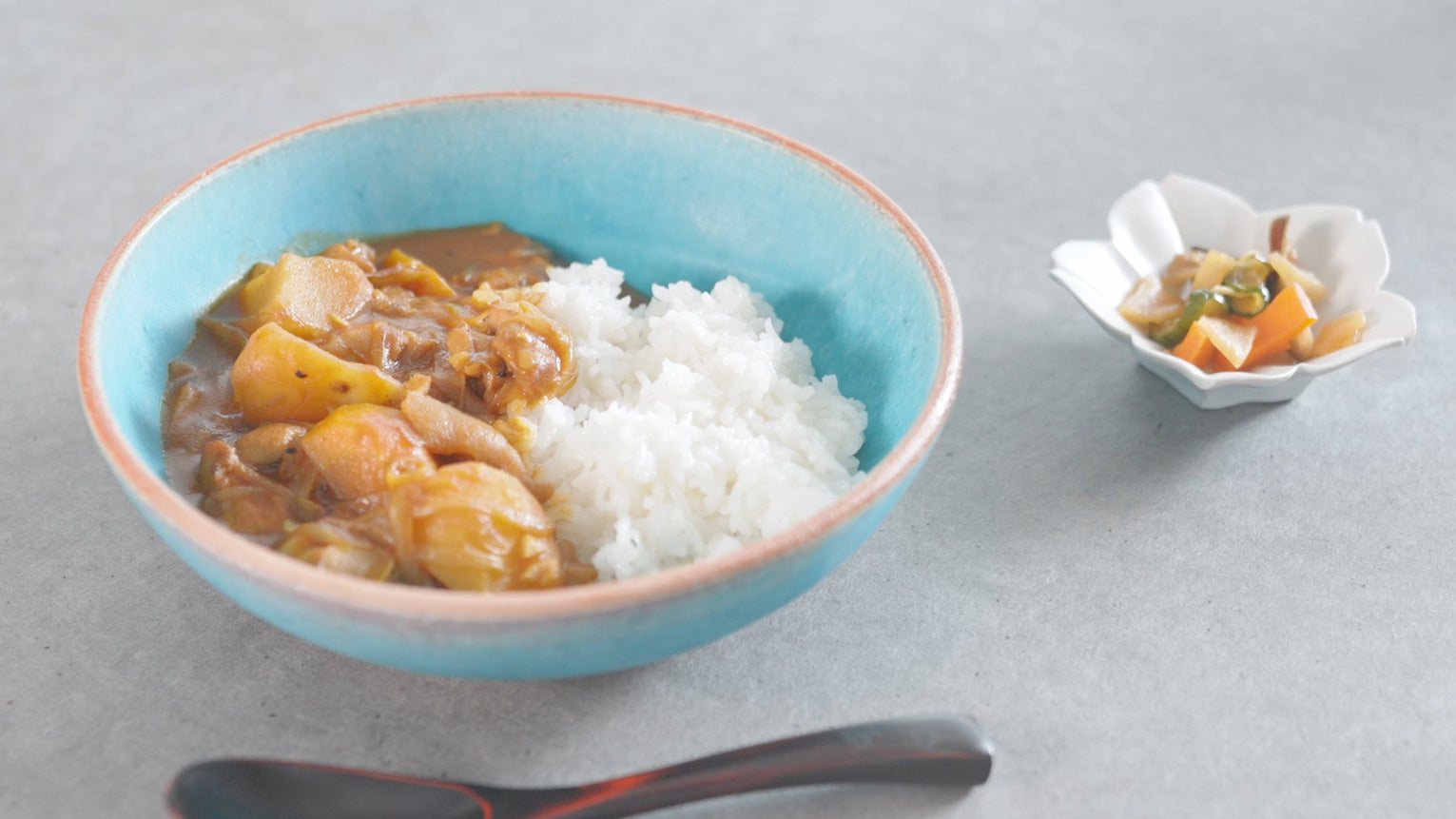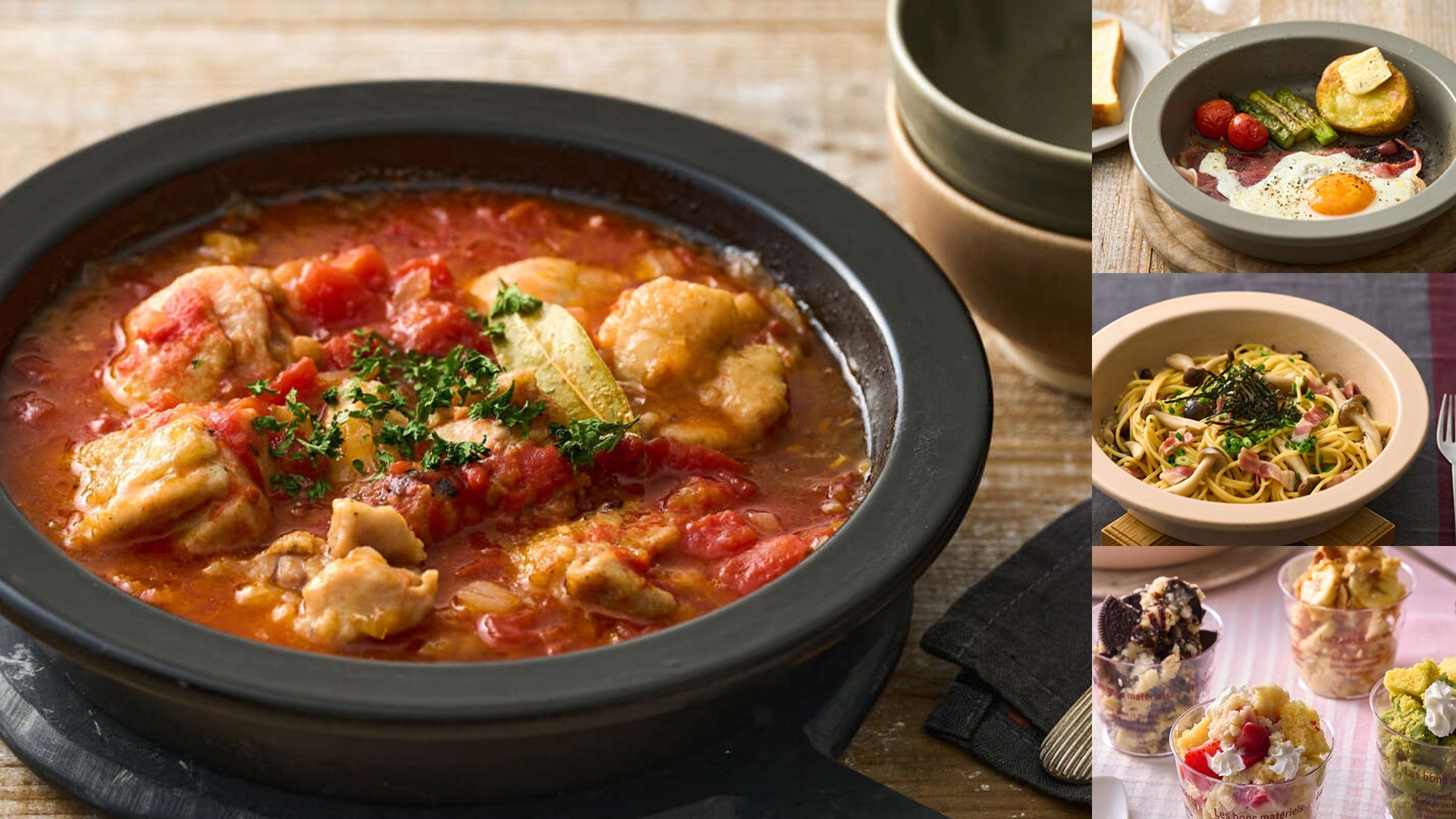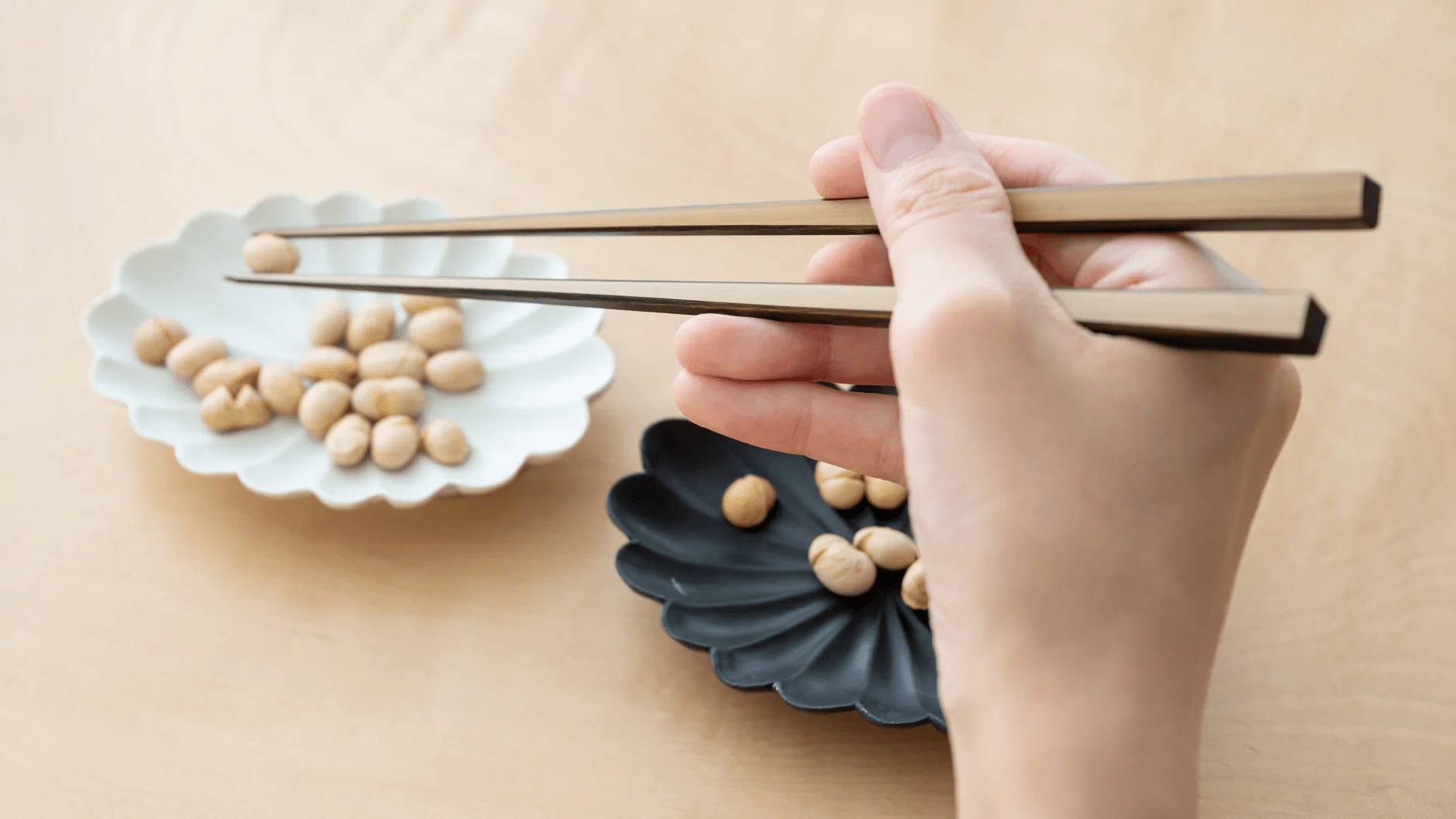
Do You Really Know Japanese Wagyu Beef?
Written by Team MUSUBI
Japanese cuisine excels at enhancing the natural flavors of its ingredients, making each dish delightfully delicious. Among the high-quality Japanese ingredients is wagyu, the marbled Japanese beef now sought after worldwide.
However, while many may be familiar with its superb flavor, few may know the secret behind its exceptional taste or understand the precise definition of wagyu. This article will offer a wealth of information about wagyu beef, equipping you with the knowledge to become a true wagyu beef connoisseur.
Table of Contents
"Wagyu" does not simply mean Japan-bred cattle

Wagyu is a term that refers to a specific type of beef as well as to Japanese cattle breeds.
Only four particular breeds and their crossbreeds, born and raised in Japan, are permitted to be labeled as wagyu.
The name wagyu, incorporating "wa" which signifies Japan, might imply that it refers to an indigenous breed native to Japan. But in fact, wagyu was developed through the crossbreeding of native Japanese cattle with breeds imported into Japan in the Meiji era (1868 CE-1912 CE).
What are the Four Major Breeds of Wagyu and the "Three Great Wagyu Brands of Japan?"
Japanese Black (Kuroge Washu)
True to its name, this breed has black fur. Comprising over 90% of all wagyu, it is raised throughout Japan. The meat is renowned for its fine marbling, referred to as sashi, with fat interspersed in a net-like pattern that makes it tender and sweet, contributing to its popularity

Japanese Black (Kuroge Washu)
Japanese Brown (Akage Washu)
This breed, characterized by its brown fur, is primarily raised in Kumamoto Prefecture in Kyushu and Kochi Prefecture in Shikoku, located in the southwestern part of Japan. It is known for its excellent balance of lean meat and fat, and has a robust flavor.

Japanese Shorthorn (Nihon Tankakushu)
This breed is primarily raised in the Tohoku region of northern Honshu and in Hokkaido. Its meat, rich in lean cuts, contains high levels of amino acids, which are the building blocks of umami. The term tankaku (short-horn) refers to the breed's short horns and originates from crossbreeding with Shorthorn cattle imported from the United States.

Japanese Polled (Mukaku Washu)
This is a rare breed from Yamaguchi Prefecture, located at the western end of Honshu, Japan. It is known for its low fat content and a robust, distinctive wagyu beef flavor. True to its name, this breed is hornless.

Among the Japanese Black breeds, Kobe Beef, Matsusaka Beef, and Omi Beef are particularly famous. These originate from the Kansai region of Japan and are commonly known as the "Three Great Wagyu Brands of Japan." The characteristics of each are as follows.

Kobe Beef
Kobe Beef is produced from calves of Tajima cattle, born and bred in Hyogo Prefecture. It features marbled fat that melts immediately upon eating, fine meat fibers, and a strong presence of umami and sweetness. To achieve a delicate texture and flavor, careful breeding is prioritized over production efficiency
Matsusaka Beef
Matsusaka Beef comes exclusively from female calves that have not given birth gathered from across Japan, with the Matsusaka Beef production area in Mie Prefecture serving as their final and longest place of rearing. Benefiting from high-quality water and a mild climate, each cow is attentively cared for, resulting in meat that possesses a refined sweet aroma and a creamy texture, thanks to its healthy, high-quality fat.
Omi Beef
Omi Beef, the oldest beef brand, originating from Shiga Prefecture, has a history extending back 400 years to the Edo period (1603 CE–1868 CE). Although the Tokugawa shogunate officially prohibited meat consumption at the time, miso-cured beef from the northern part of the former Omi Province (now Shiga Prefecture) was offered to the shogunate as medicinal nourishment.
In order to be branded Omi Beef, the cattle must have spent the longest portion of its life being raised in Shiga Prefecture. This wagyu beef imparts a fine, smooth texture, a sweet yet refreshing taste to the fat, and a rich aroma.
The precise origins of the term "Three Great Wagyu of Japan" remain obscure. But these three varieties have been celebrated for their taste since the Meiji era, a time when Western influences popularized meat consumption in Japan.
What Makes Wagyu So Delicious?

So, how is the exceptional flavor of wagyu beef produced? In fact, it involves unique Japanese practices such as selective feeding, breeding methods, and the rearing environment, all of which play a crucial role.
For instance, instead of grass, cattle are primarily fed a diet of grains like barley, soybeans, and corn, which eliminates any gamey taste from the meat. Conversely, this diet contributes to a sweetness and richness reminiscent of peaches and coconuts, known as "wagyu aroma."
Additionally, instead of rearing cattle in the unpredictable conditions of the outdoors, raising a small number of cattle in clean, temperature-controlled, comfortable barns improves the quality of the meat. This controlled environment ensures that each animal receives meticulous care.

Some truly distinctive methods are employed to enhance the quality of the beef. For example, if the cattle aren't eating well, they might be given beer to stimulate their appetite. To make the meat tender, some farmers also spray shochu—a Japanese distilled spirit—on the cattle and give them massages. Farmers bring their own creative twist, tirelessly working to produce superior beef.
Incidentally, from the 1970s to the 1990s, wagyu genetic resources were introduced to countries like Australia and the United States, where wagyu beef is now also produced. However, due to significantly different breeding conditions abroad, the foreign-produced wagyu beef is quite different from Japanese wagyu beef.
Quality Standardization of Wagyu Taste

Ultimately, only those who have tasted it can decide what makes wagyu beef delicious.
Savoring Wagyu with Sukiyaki
Along with the meat, grilled tofu, green onions, shiitake mushrooms, and white string-like shirataki noodles are cooked in a sweet and savory sauce.
The "suki" in sukiyaki seems to have come from the word for "spade," a type of farming tool. The name is thought to originate from an age-old cooking method where meat was grilled right on a heated spade.



The tetsunabe is a traditional Japanese cooking utensil that dates back to around the 10th century. Its thickness ensures excellent heat conduction and retention, resulting in even temperature distribution throughout the pot. This helps to preserve the texture of ingredients while instantly sealing in their flavor. Additionally, when used to make sukiyaki, it's said that the iron in the pot reacts with the soy sauce in the seasoning, further elevating the flavor.

Part of sukiyaki's appeal is sharing a meal from the same pot with family and friends, fostering a sense of togetherness and enhancing your dining experience.

Besides the three wagyu brands introduced in this blog—Kobe Beef, Matsusaka Beef, and Omi Beef — Japan actually boasts over 376 types of branded wagyu beef as of March 2023.
When traveling, be sure to try the local wagyu beef in the area you visit. Enjoy various dishes such as sukiyaki, skewered beef, beef cutlets, and beef bowls.
Explore new flavors and create lasting memories on your journey.







Leave a comment
This site is protected by hCaptcha and the hCaptcha Privacy Policy and Terms of Service apply.